International Heritage Centre blog
The Leeds Guardian Home Correspondence
The Leeds Guardian Home Correspondence
In March 2017 Ruth wrote about the conservation of a collection of mould and water damaged documents that related to the Leeds Guardian Home in Alexandra Road, Leeds. The transformative treatment that this collection of papers received by The Sussex Conservation Consortium has allowed us to examine their contents and form a picture of the way in which the custodianship of this property and the work carried out there were handed over to The Salvation Army. In this blog I will write about what these restored records tell us about this transaction.
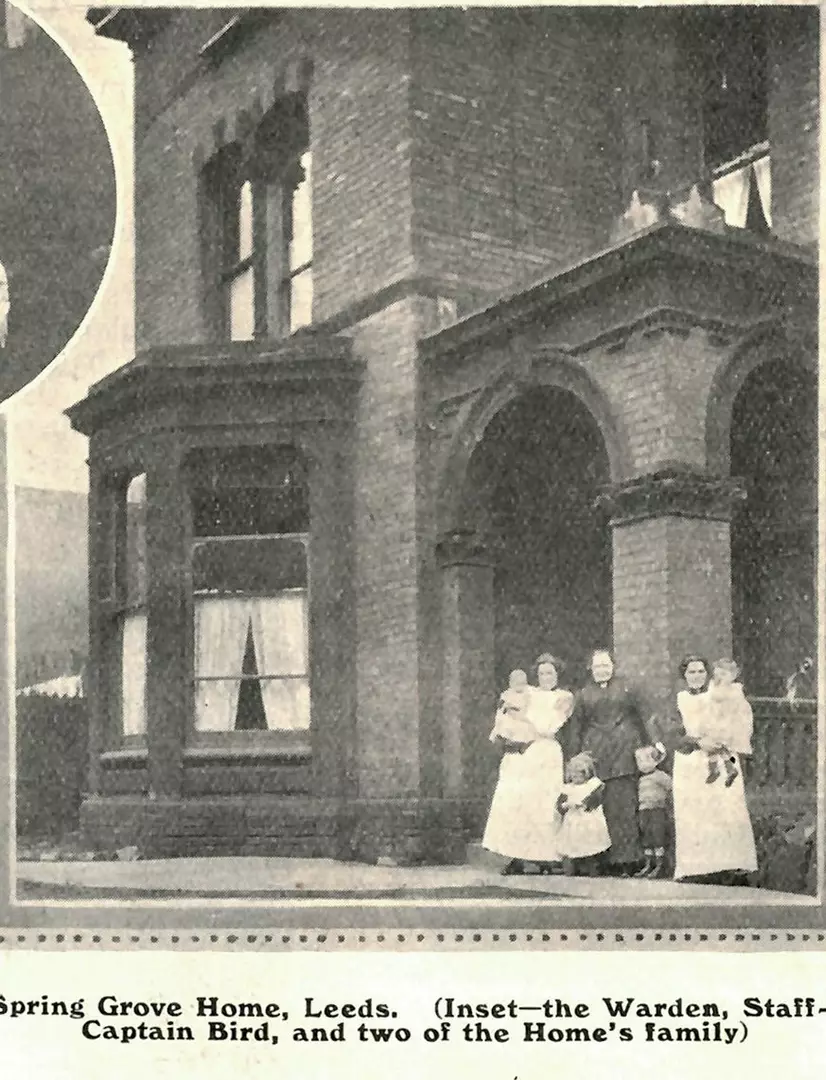
The Leeds Guardian Home correspondence details the transfer of property and assets from the Leeds Guardian Society to The Salvation Army during the period 1921-1935. The collection is comprised of legal documents and letters between the two charities’ solicitors and their dialogue with The Salvation Army concerning the complex process of how the exchange of ownership of the Leeds Guardian Home and its interests was eventually realised.
Founded in 1821, the Leeds Guardian Society established the Leeds Guardian Home setting out its objectives in its ‘Plan of Rules’:
“That the object of this Institution be the preservation of public morals, by providing a temporary asylum for such women, as having deviated from the paths of virtue are desirous to abandon their vicious practises, where they will have suitable employment and instruction in order to the formation of those virtuous and industrious habits which will qualify them for a respectable station in society.”
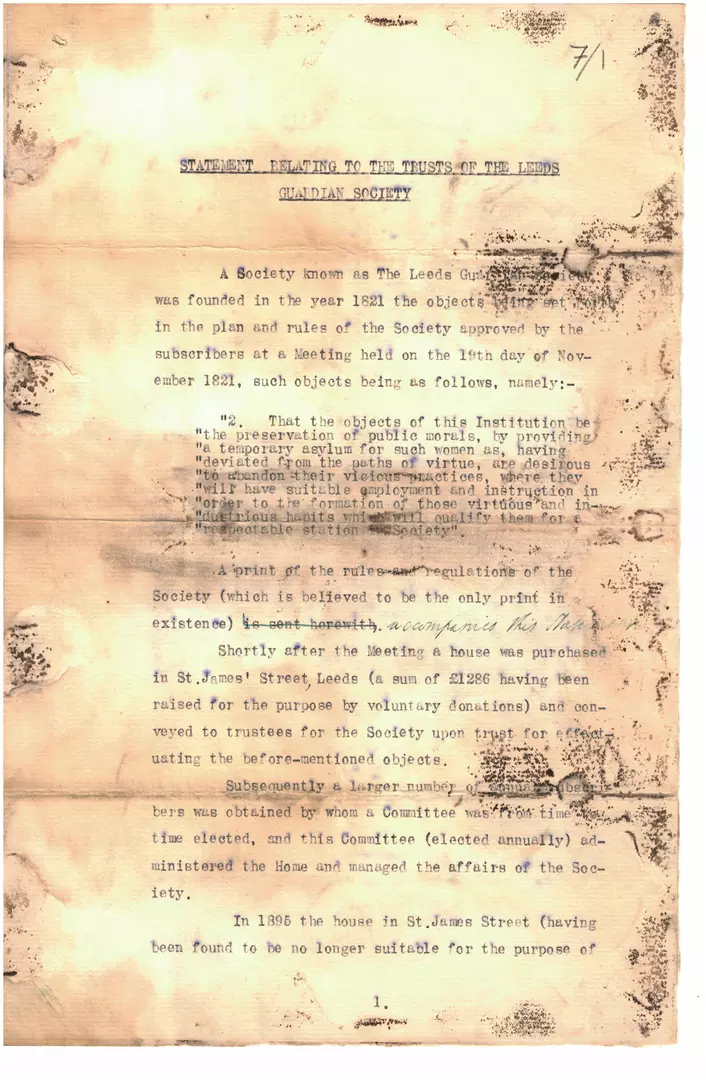
The charity’s work was funded by voluntary donations and a number of subscribers from whom an annually elected committee was formed in order to administer its affairs. However, by 1909 the Society was facing financial difficulties and decided to entrust its responsibilities at The Leeds Guardian Home to The Salvation Army Women’s Social Work wing under the leadership of Florence Booth.
‘Reference has already been made to the fact that Mrs. Booth has consented, at the request of the Trustees, to undertake the direction of what is known as ‘The Leeds Guardians’ [sic] Home’, an old-established institution which, when Officered by Salvationists will form a useful adjunct to the work of our Women’s Temperance Hotel, at 19 Kirkgate, Leeds. On April 1st Mrs. Booth’s officers will take up their abode in the Home, and later on we hope to announce that a house-warming will be held by Mrs. Booth.’
The Deliverer April 1909, p63 ‘A Leeds Extension’
Spring Grove House - as the Leeds Guardian Home became known from 1909 – was to operate as one of The Salvation Army’s ‘industrial homes’ and its early mission was to train the all-female residents for occupations in needle and laundry work. Latterly, it was converted into a ‘home for mothers and infants’ (unmarried mothers) receiving women at varying stages of their pregnancies who then stayed at Spring Grove House for – on average – seven months after the birth of their babies.
An Annual Report from 1924 describes the work carried out at the home under the governance of The Salvation Army:
‘E was a pretty, attractive girl, engaged in an office. The attentions of a certain young man flattered and led her astray, and when about to become a mother, she discovered that he was married. Genuine affection had been aroused, and it was with difficulty that she could face the fact that it would be impossible for them to come together. At last, however, under our care and influence, the love of Jesus conquered her heart. She is now doing well in a situation, a good Salvationist and a fond mother to the little one, who is in the care of a foster mother not far away.’
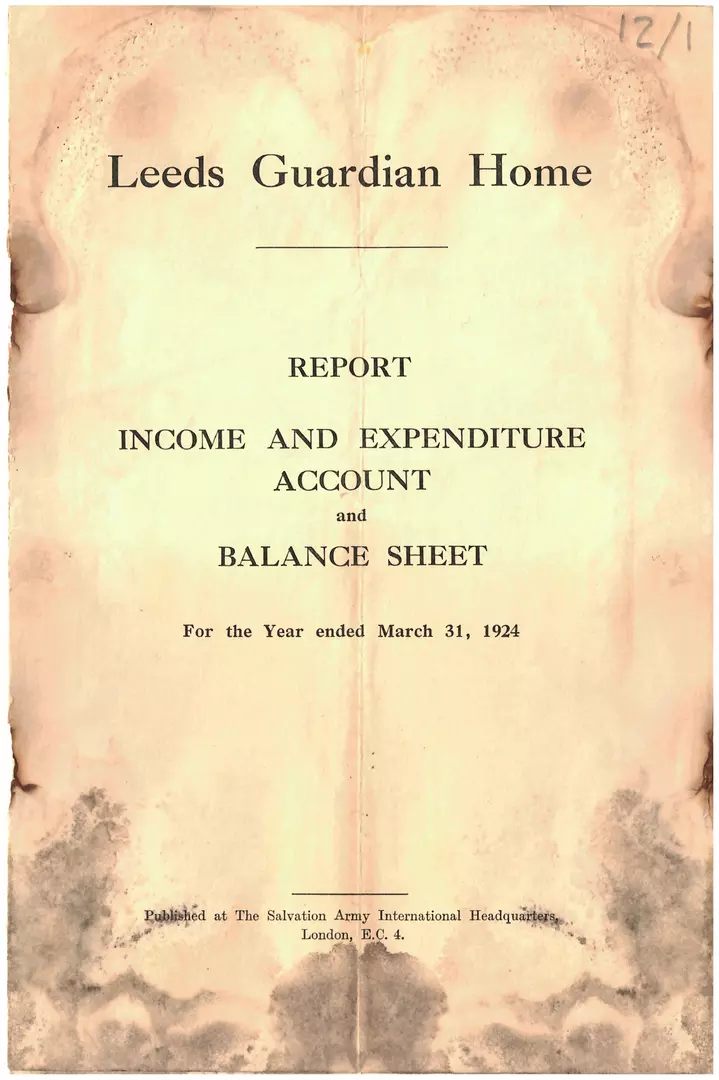
In 1916, at the end of The Salvation Army’s original seven year lease on the home, the question arose as to whether the Leeds Guardian Society could continue to exist and if not, how could its property and investments be ‘safely’ transferred to The Salvation Army.
‘The trustees of the Guardian Home Society feel that the time has now come.. .[to]… ask you to accept the house and all invested funds relating thereto, in order that you may continue to carry on the work of the Society as you may think proper and to enable them to wind up the old Guardian Home Society.’
What the correspondence reveals is that although a straightforward handover of property and assets had initially been hoped for, legal Counsel advised the Leeds Guardian Society to ensure that the process of transfer had the consent of the Charity Commissioners and was also overseen by the court. It was therefore proposed to the Society that they adhered to a clearly defined course of action.
The members of the Leeds Guardian Society would be required to agree to a motion authorising its committee to transfer its property and effects to the trustees of The Salvation Army. The Leeds Guardian Society would then need to approach the Charity Commission to request their consent for the proposed transfer. If the Commissioners approved of this proposal, and The Salvation Army was willing to take over the control of the charity, an application would then be made to the court in order to sanction the scheme. Finally, on transfer of the property, the Leeds Guardian Society would be required to hold a last meeting of its members in order to pass a resolution to dissolve the charity.
In 1935 the Salvation Army Trustee Company was appointed as the Custodian Trustee of Spring Grove House and on the 18 of December that year the Charity Commission declared the ‘proceedings in this matter legally complete’.
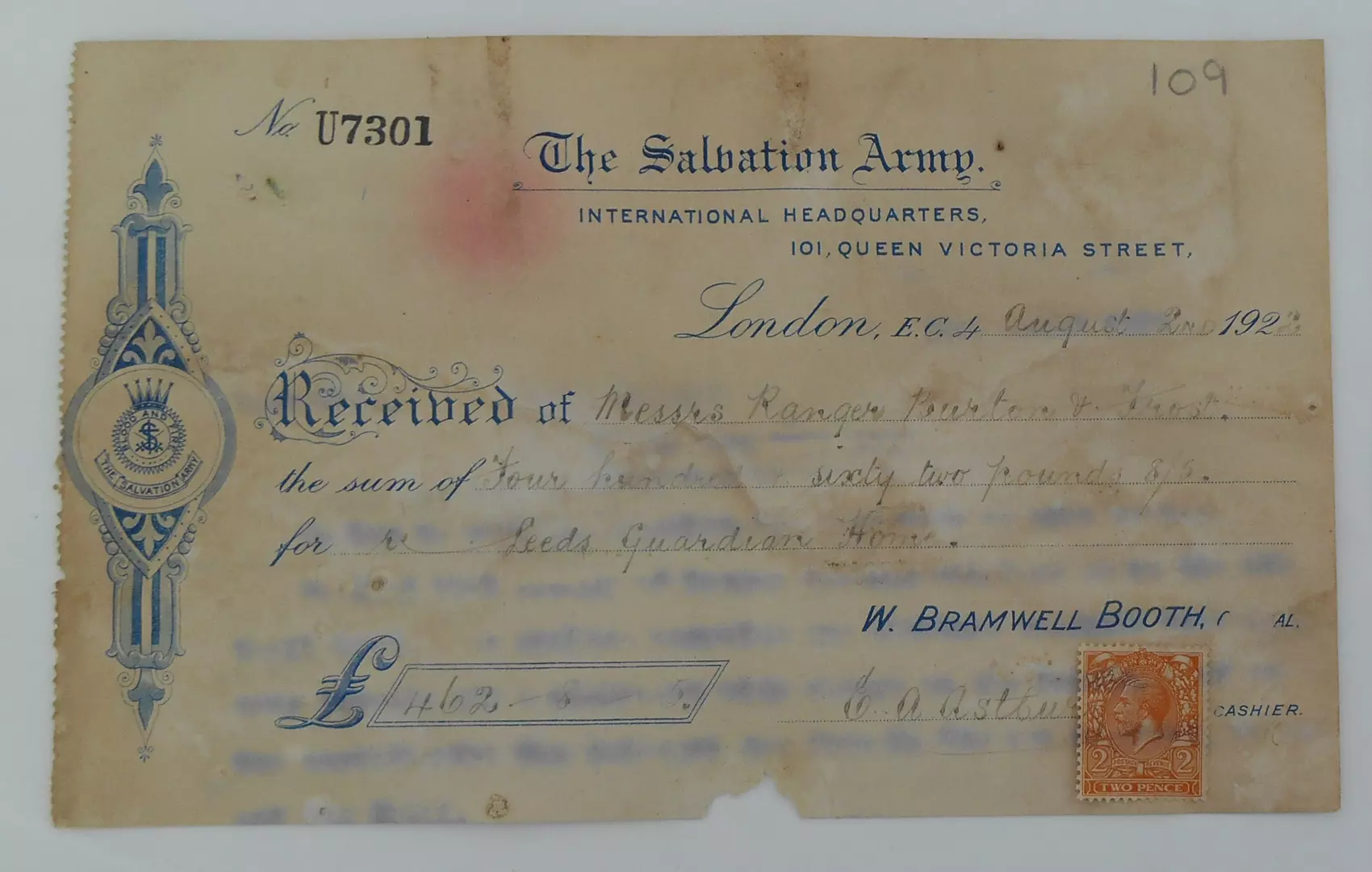
Lucy
March 2019
Read other blogs from the Heritage Centre
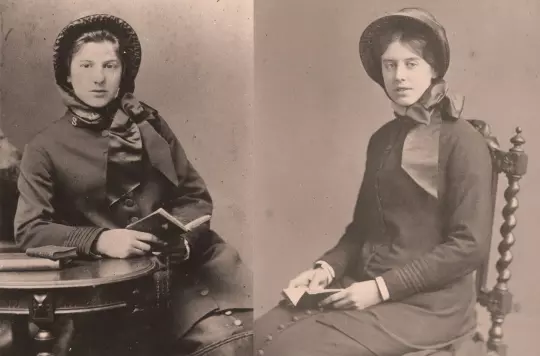
The ‘Old Coat’
Cataloguing our Booth-Clibborn collection of correspondence has taken me on an enlightening and entertaining journey...

A House Through Time: The Salvation Army at 5 Ravensworth Terrace
The Salvation Army International Heritage Centre was pleased to be involved in the research behind David Olusoga's BBC2 series, A House Through Time...
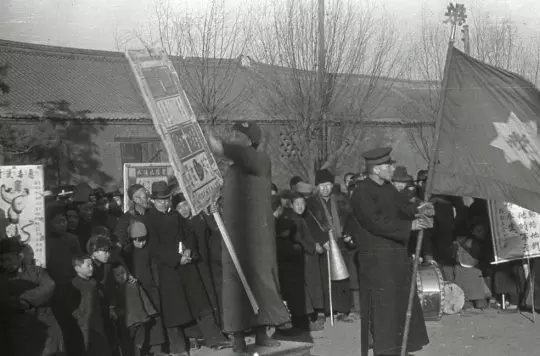
Chinese Christian Posters
We are delighted to have been able to contribute to a wonderful new online resource from the Center for Global Christianity and Mission, Boston...
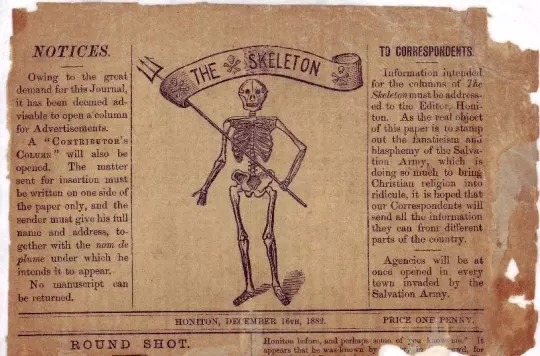
Blood, Fire, Skulls & Crossbones: A Battle Between Two Armies
In the 1800s Salvationists took to the streets with blood and fire in their hearts, but the reactions that they received were a little fierier than expected...